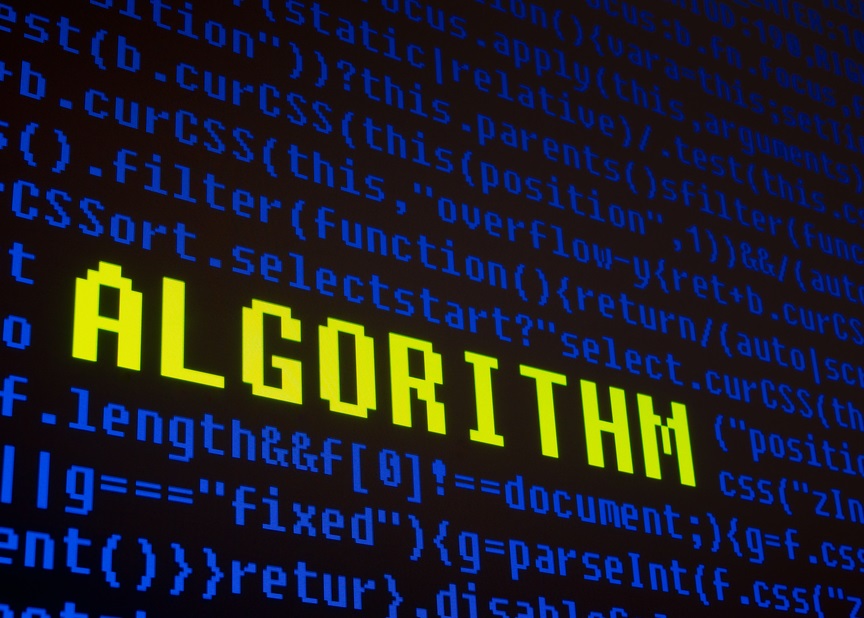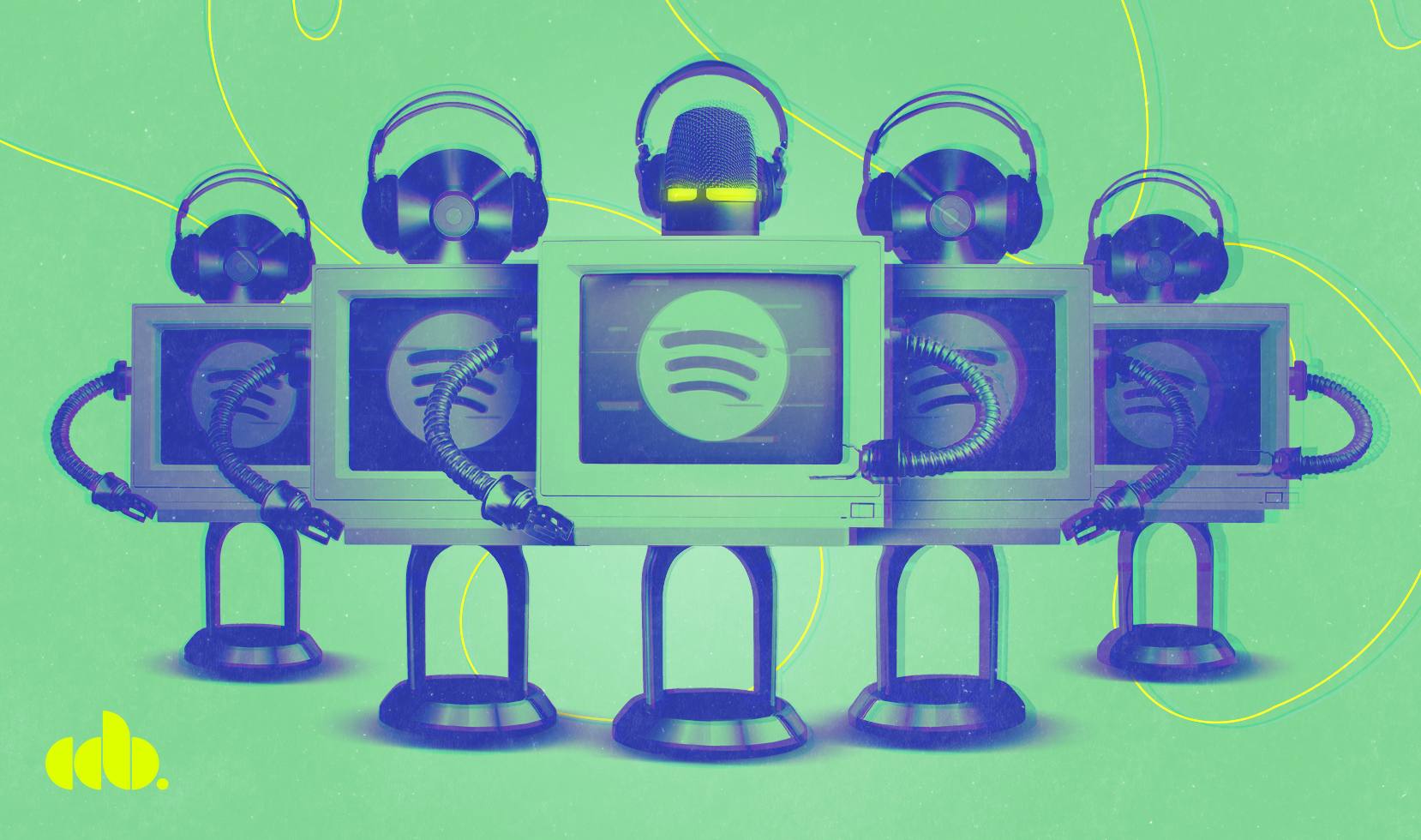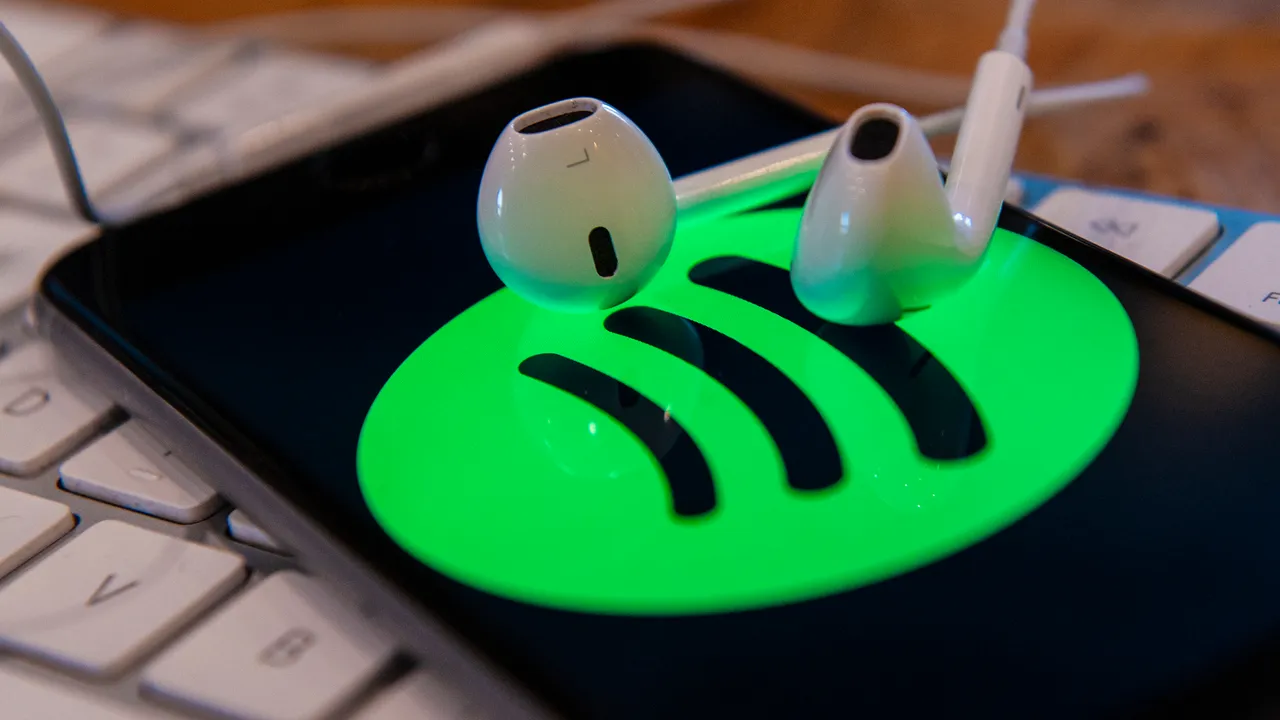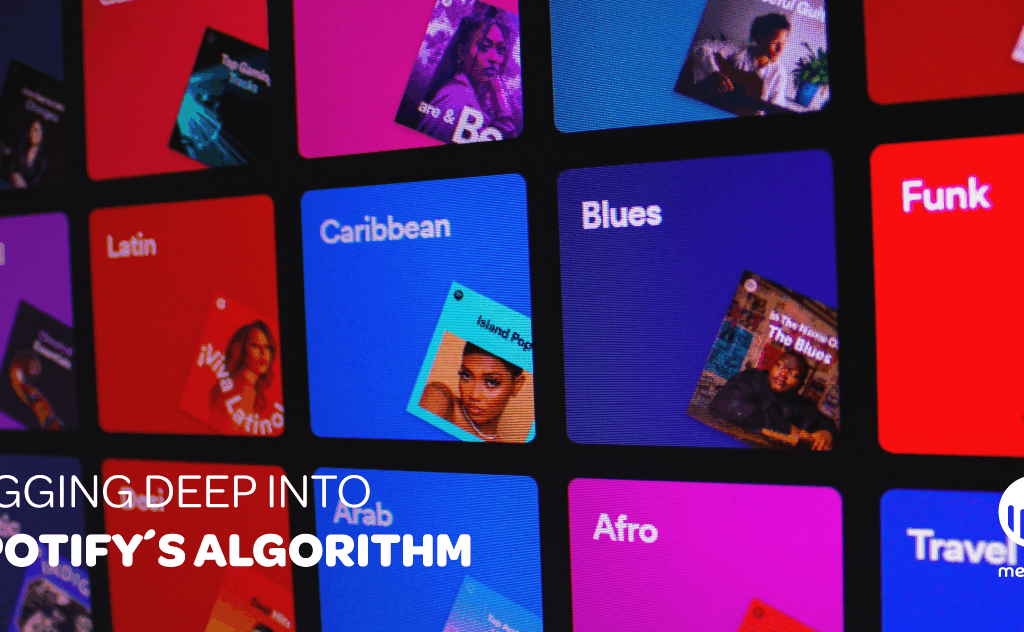With Spotify positioned as the most used music streaming service in the market, more and more artists are looking for ways to get their songs featured on algorithmic Spotify playlists to guarantee their exposure and growth. But what makes Spotify´s algorithm so powerful? In today’s blog, we’ll be digging deep into the secrets behind Spotify’s algorithm to give you faster and better access to success.
What factors influence the Spotify algorithm?
Spotify’s algorithm is a complex and ever-evolving system that takes a variety of factors into account when determining which songs to recommend to listeners. Some of the main factors that influence the algorithm include:
- The listener’s location – Spotify takes into account the listener’s country when choosing which songs to recommend. This is because different countries have different musical tastes.
- The listener’s age – Age is another factor that Spotify uses to determine which songs to recommend. This is because young people tend to prefer different types of music than older people.
- The listener’s gender – Gender is yet another factor that influences the platform´s recommendations, taking into account that men and women often have different musical tastes.
- The listener’s previous listening habits – Spotify pays attention to what kinds of songs the listener has been listening to in the past, and to what artists the user follows in order to better understand their musical taste and recommend similar songs.

By taking all of these factors into account, Spotify’s algorithm can provide users with a personalized experience that helps them discover new music they’re sure to love. Knowing the basics of the algorithm, let’s get into ways to profit from how the system works and get these users to listen to your music.
How to take advantage of the algorithm for your music
Spotify’s algorithm is a powerful tool that can be used to your advantage as a musician. By understanding how it works, you can use it to promote your music and reach a bigger audience.
1. Understanding your stats
First and foremost, in order to take advantage of the platform you need to take a deep look into your stats. Who is listening to you and from where? Is your music getting added to playlists? Which playlists are these? Take a look at these insights and find out how your audience looks by knowing the type of playlists they’re listening to, the type of artists that are included in the playlist with you. If you´re included in a mood playlist, which mood is it, how is your potential audience classifying you and your music?
Once you´ve got all the information you´ll have an overview of how your music is being consumed and it´ll orientate you towards the next move: contacting independent playlists curators that match the same mood, the same country where you´re being listened to, etc.
2. Release Day
The first 24 hours of any release are crucial. It tells the platform that listeners were waiting for your music to be released. It also says that you are an artist with potential reach. Not only release day is essential, but pre-saves are also quite important for Spotify. If your music is being pre-saved it means there´s expectation towards it. Spotify will always look for how your music is being received by listeners, and depending on how much interaction there is towards your profile and music, the more your music will get pushed to other potential listeners.
3. Creating “data driven” music
This point is related to the first tip. Data is there to interpret it and take action, the second part is equally important. Start making music paying attention to data. If you see that you have a Spanish speaking country on the top of your listeners, why not try and make a Spanish version of one of your songs. If you´re constantly being added to “mood” playlists, why not go ahead and create songs that match that mood?

3rd Party Tools for boosting your music
Spotify is constantly working on ways to improve its user experience and recommendation algorithm. Part of this involves working with 3rd party tools to boost your music.
Some of the best 3rd party tools for boosting your music on Spotify are:
1) Tunebat: This tool analyzes your song and provides you with a detailed report about the track including the genre, tempo, key, and energy level. Based on this data, you can make changes to your song to make it more likely to be recommended by Spotify.
2) Sound licensing sites: If you want to get your music placed in popular TV shows, movies, or video games, then you need to look into sound licensing sites. These sites will help you get in contact with the right people and negotiate a placement fee.
3) Music marketing companies: Music Marketing companies are focused on being a powerful support for artists that want to grow on streaming platforms. You´re right now reading one of them, so if you´re looking to make a bigger impact with your music, we´re here to listen, feel free to contact us.

Music Ads and their Effect on Playlist Inclusion
Ads are a necessary evil on Spotify. They help the company generate revenue, which in turn allows them to pay artists and continue providing a free, ad-supported service. However, ads can also be annoying, especially when they interrupt your music listening experience.
Spotify is well aware of this and has recently implemented a new feature that allows users to control how often they hear ads. This new feature, called “ad personalization,” is currently only available to Spotify Premium subscribers in the United States, Australia, New Zealand, and South Africa.
With ad personalization turned on, Spotify will use your listening habits to better target ads at you. The idea is that if you hear an ad for something you’re actually interested in, you’ll be more likely to remember it and maybe even buy what’s being advertised.
In addition to reducing the annoyance factor of ads, this new feature could also have a positive effect on playlist inclusion. Playlists that frequently feature commercial breaks are less likely to be added to people’s libraries or get shared with others. By giving users more control over how often they hear ads, Spotify may make it more likely that its algorithm will include these playlists in user’s listening experiences.
Only time will tell if this new feature will have the desired effect on playlist inclusion, but it’s certainly a step in the right direction for a company that relies heavily on user-generated content.
Spotify’s algorithm is a complex and powerful tool that gives music lovers around the world recommendations for songs to enjoy. By understanding better how it works, you can leverage the power of the algorithm to elevate the reach of your music even further. It’s clear that Spotify continues to improve its software in order to give us an even more incredible product than before, and as an artist, you need to understand how to take advantage of it. We hope this article has helped you understand just how deep Spotify’s algorithms go, so you can confidently navigate your favorite streaming platform like a pro!

